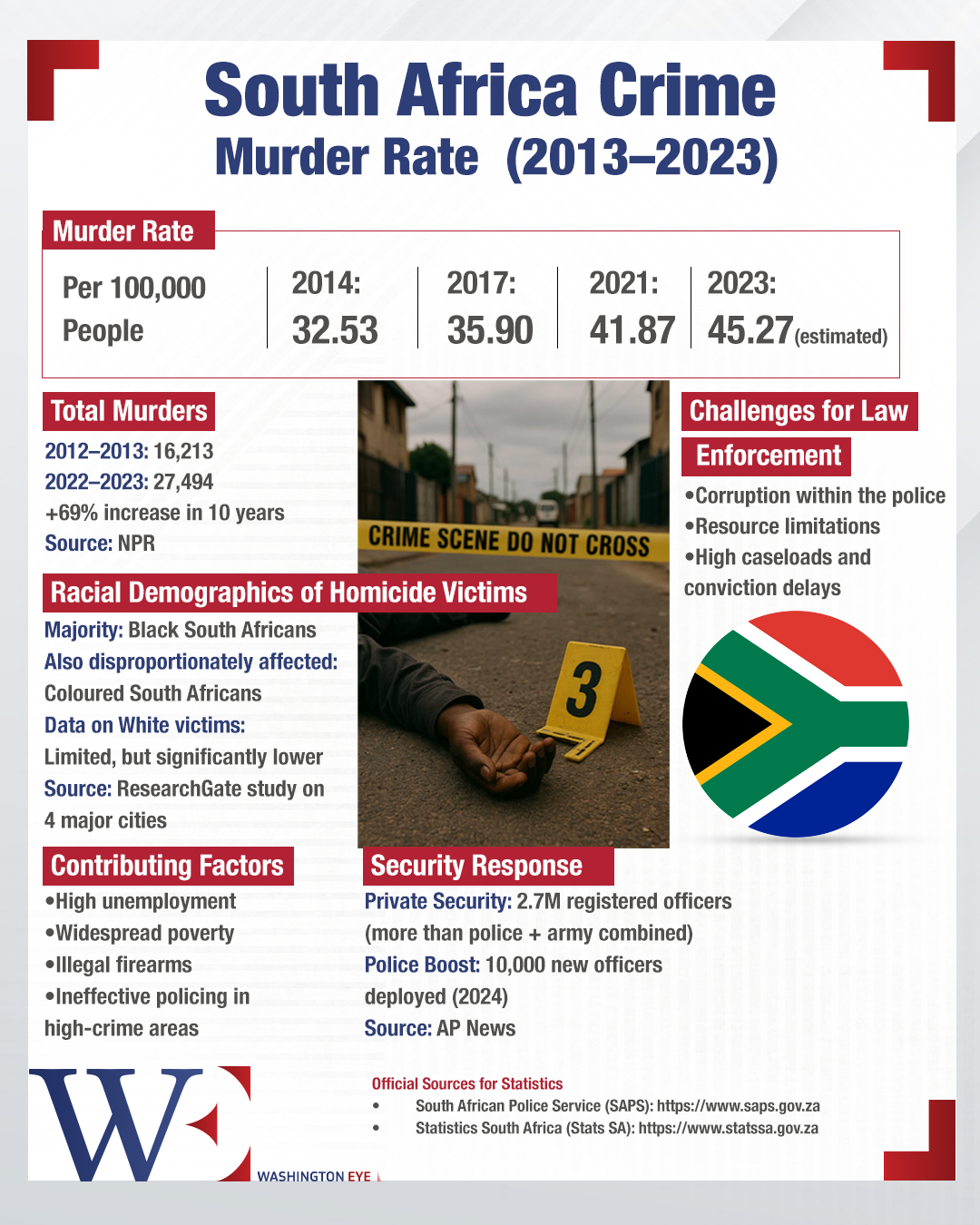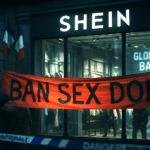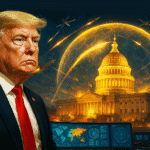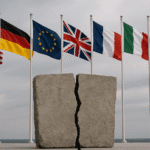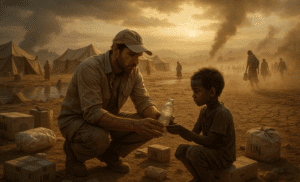What was framed as a diplomatic opportunity between former U.S. President Donald Trump and South African President Cyril Ramaphosa on May 21, 2025, quickly devolved into a political spectacle. As the two leaders met at the White House, Trump abruptly shifted the tone of the conversation by playing a video montage alleging “white genocide” in South Africa. The footage included visuals of white crosses—symbolizing murdered white farmers—and snippets of racially charged speeches.
The stunt caught Ramaphosa and his delegation off guard. The content of the video, presented without warning, claimed widespread racially motivated killings of white farmers, a topic long leveraged by far-right voices but consistently debunked by crime data and international observers.
Unpacking the ‘White Genocide’ Narrative
The idea of a “white genocide” in South Africa is not new. Since the late 2000s, it has circulated in white nationalist forums and far-right media outlets, with high-profile amplifiers such as Fox News commentators and Elon Musk giving it traction in digital spaces. However, data from the South African Police Service paints a far more complex picture. In 2024, over 26,000 people were murdered in South Africa, but the vast majority of victims were Black South Africans, and only a fraction were white farmers.
A Reuters analysis found no empirical basis to suggest that white South Africans are being targeted on the basis of race. The murder rate in South Africa remains a pressing national issue, but framing it through a racialized lens distorts the reality of systemic violence affecting all demographics. Additionally, many of the white crosses shown in Trump’s video were repurposed from a 2020 protest installation and not tied to any verified data on farm attacks, according to BBC.
Ramaphosa’s Diplomatic Rebuttal
Despite the unexpected nature of Trump’s ambush, Ramaphosa remained measured in his response. Addressing the U.S. press after the meeting, he reiterated South Africa’s dedication to nonracialism and its constitutional democracy. He emphasized that violent crime is a shared burden in the country and that portraying the issue as a form of ethnic cleansing is factually incorrect and dangerously misleading.
Moreover, Ramaphosa sought to re-center the conversation around economic cooperation, offering a new bilateral trade proposal intended to bypass the looming threat of U.S. tariffs on South African metals and agricultural exports. The move appeared to be a calculated effort to shift attention back to tangible outcomes and to neutralize the diplomatic fallout of Trump’s accusations.
The Use of Misinformation as Foreign Policy Theater
Trump’s use of a sensationalist video to make a political point is part of a broader pattern of deploying misinformation as a tool of foreign policy. By invoking the emotionally charged and widely debunked “white genocide” claim, Trump taps into a base that is energized by cultural grievance and racial anxiety. It’s a tactic meant not for international diplomacy, but for domestic optics.
The former president has increasingly relied on these confrontational theatrics to shape his 2025 campaign narrative, painting himself as a truth-teller in contrast to globalist elites. But the ramifications of such behavior extend beyond political theater. Such incidents damage international trust and may alienate key African partners, particularly as the continent becomes a central axis in global trade and geopolitics.
What This Means for Future Relations
This diplomatic rupture could have broader implications. South Africa is a member of BRICS and has increasingly aligned with China and Russia in multilateral forums. Trump’s actions may push Pretoria further into that geopolitical orbit, especially if it feels alienated by Washington’s rhetoric. Furthermore, any deterioration in relations with South Africa may carry implications for U.S. influence across the African continent, at a time when Washington is trying to assert itself as a counterbalance to China’s Belt and Road Initiative.
Ramaphosa’s calm demeanor in response to the provocation was likely a strategic decision. His administration has been wary of playing into narratives that portray South Africa as unstable or racially divided. Instead, his pivot to trade and economic collaboration suggests a desire to compartmentalize the relationship—separating inflammatory politics from economic diplomacy.
A Final Note: A Turning Point or a Passing Storm?
The White House meeting between Trump and Ramaphosa may ultimately be remembered less for the policies discussed and more for the dangerous spectacle it became. For observers of international relations, it serves as a case study in how misinformation can be weaponized to shape global narratives. For South Africa, it is a reminder of the persistent racial myths that circulate internationally—and how these myths, when endorsed by powerful figures, can undermine both diplomacy and domestic cohesion.
As South Africa continues to combat high crime and economic inequality, and as the U.S. navigates its own polarized political landscape, the hope is that cooler heads and grounded facts—not provocative videos—will steer future engagements.
